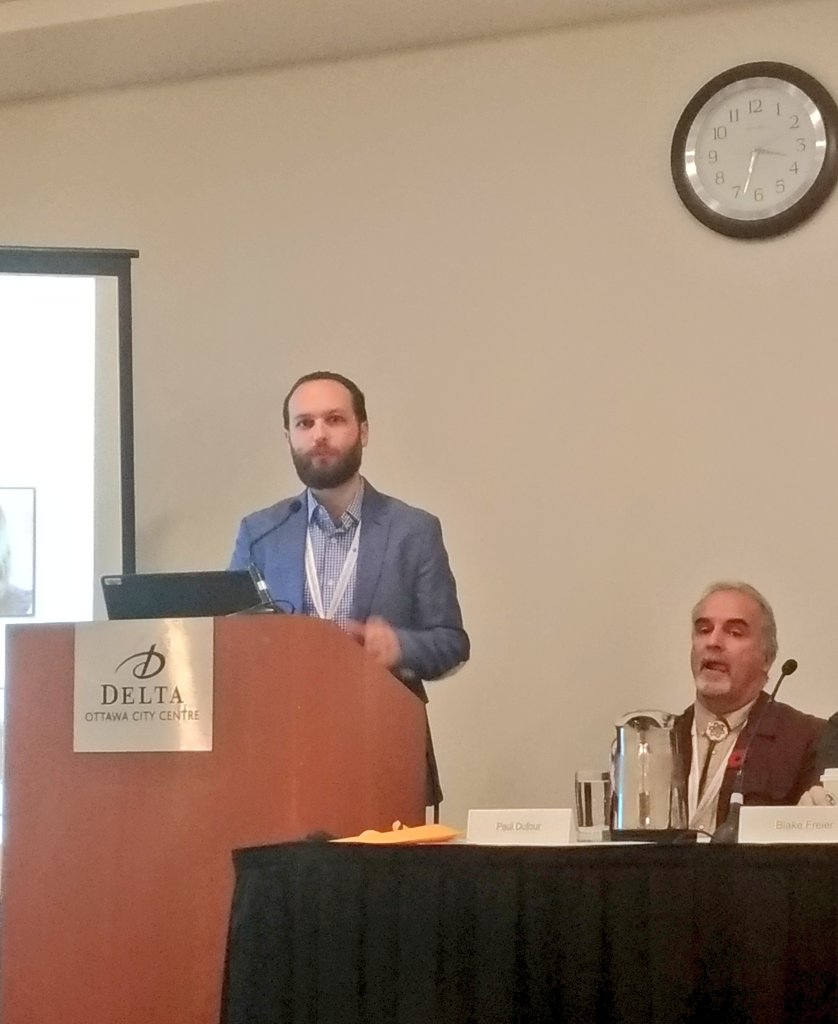Are we intentional in these lessons?
What might lessons in freedom look like, instead of lessons in authoritative models of control that teach strategies for powering over others?
That's a freedom question that could guide your classroom management curriculum this new school year.





